Thin Glomerular Basement Membrane Disease
Thin glomerular basement membrane disease. Mutations in certain members of the type IV collagen protein family cause two inherited forms of haematuria. Thin glomerular basement membrane disease TBMD is a hereditary nephropathy characterized by thinning of the glomerular basement membrane evinced by electron microscopy and clinically by isolated hematuria without extrarenal manifestations. TBM disease also known as benign familial hematuria and thin basement membrane nephropathy is along with IgA nephropathy the most common cause of blood in the urine without any other symptoms.
Thin basement membrane diseaseaffects a heterogeneous group of people in whom the only finding on renal biopsy is diffuse thinning of the GBMs GBM width usually between 150 and 225nm versus 300 to 400nm normally419420. Thin Basement Membrane Disease Thin basement membrane disease TBMD is an inherited disorder that mainly affects the glomeruli which are tiny tufts of capillaries small blood vessels in the kidneys that filter wastes from the blood. 11473665 PubMed - indexed for MEDLINE Publication Types.
Familial aggregation is found in. See also Overview of Nephritic Syndrome Thin basement membrane disease is a type of nephritic syndrome. Thin glomerular basement membrane GBM disease is a benign hereditary disorder presenting with persistent microscopic hematuria.
Also called thin basement membrane disease is considered a relatively common disorder 1. Thin basement membrane nephropathy TBMN is the most common cause of persistent glomerular bleeding in children and adults and occurs in at least 1 of the population. Thin basement membrane disease TBMD also called benign familial hematuria is a congenital glomerulopathy characterized by thinning.
To define thin GBM disease it is important to realize that the thickness of the GBM depends on. There is diffuse attenuation of the glomerular basement membrane as illustrated here. In adults basement membrane thickness less than 250nm is indicative of thin basement membranes.
It is hereditary and usually transmitted in autosomal dominant fashion. In most patients the only abnormal finding on kidney biopsy is diffuse thinning of the glomerular basement membranes GBM requiring electron microscopy for the diagnosis 1-4. Glomerulonephritis IGApathology Hematuriapathology Humans.
Familial aggregation is found in 50-60 of cases with autosomal dominant transmission. Of 680 renal biopsy cases in which lower urinary tract disease had been excluded by.
Thin glomerular basement membrane disease Isolated microscopic hematuria that begins in child- strate that thin basement membranes were present in hood and is of glomerular origin has a rather limited between 52 and 92 of the general population 7.
Of 680 renal biopsy cases in which lower urinary tract disease had been excluded by. There is diffuse attenuation of the glomerular basement membrane as illustrated here. Of 680 renal biopsy cases in which lower urinary tract disease had been excluded by. Thin basement membrane disease is diffuse thinning of the glomerular basement membrane from a width of 300 to 400 nm in normal subjects to 150 to 225 nm. Patients with familial TBMD have autosomal dominant inheritance although they may not have a known family history given the asymptomatic nature of the condition. Thin glomerular basement membrane disease TBMD is a hereditary nephropathy characterized by thinning of the glomerular basement membrane evinced by electron microscopy and clinically by isolated hematuria without extrarenal manifestations. Thin basement membrane diseaseaffects a heterogeneous group of people in whom the only finding on renal biopsy is diffuse thinning of the GBMs GBM width usually between 150 and 225nm versus 300 to 400nm normally419420. Comment on Kidney Int. Also called thin basement membrane disease is considered a relatively common disorder 1.
In most patients the only abnormal finding on kidney biopsy is diffuse thinning of the glomerular basement membranes GBM requiring electron microscopy for the diagnosis 1-4. Thin glomerular basement membrane disease. It is hereditary and usually transmitted in autosomal dominant fashion. Thin glomerular basement membrane disease TBMD is a hereditary nephropathy characterized by thinning of the glomerular basement membrane evinced by electron microscopy and clinically by isolated hematuria without extrarenal manifestations. See also Overview of Nephritic Syndrome Thin basement membrane disease is a type of nephritic syndrome. Thin Basement Membrane Disease Thin basement membrane disease TBMD is an inherited disorder that mainly affects the glomeruli which are tiny tufts of capillaries small blood vessels in the kidneys that filter wastes from the blood. Comment on Kidney Int.


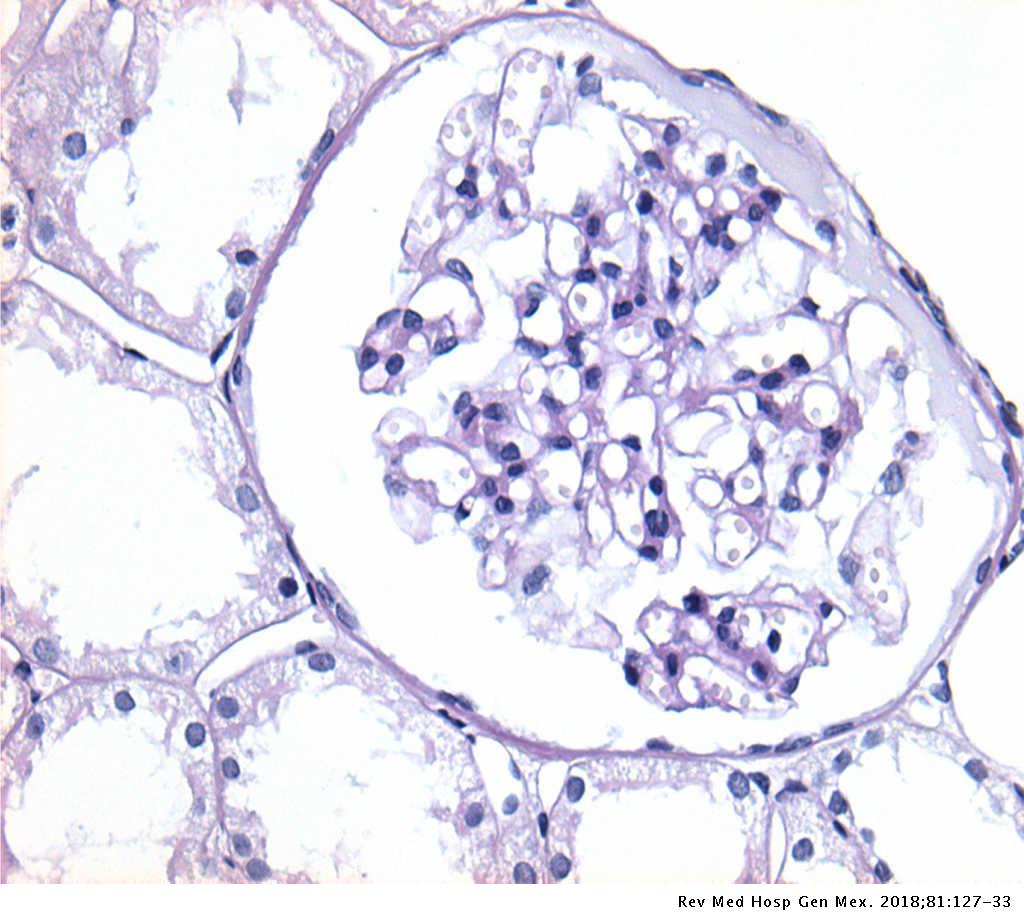



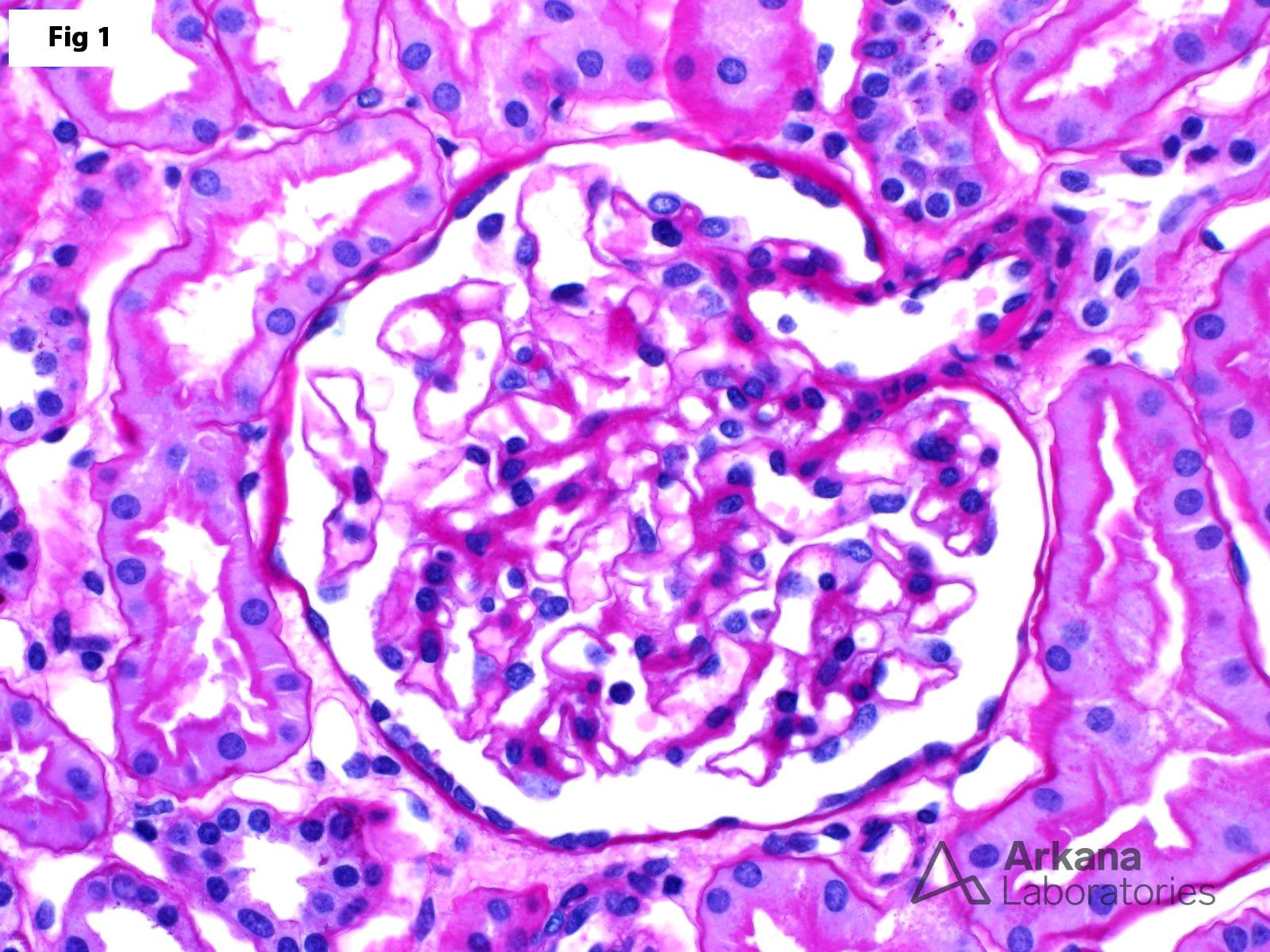










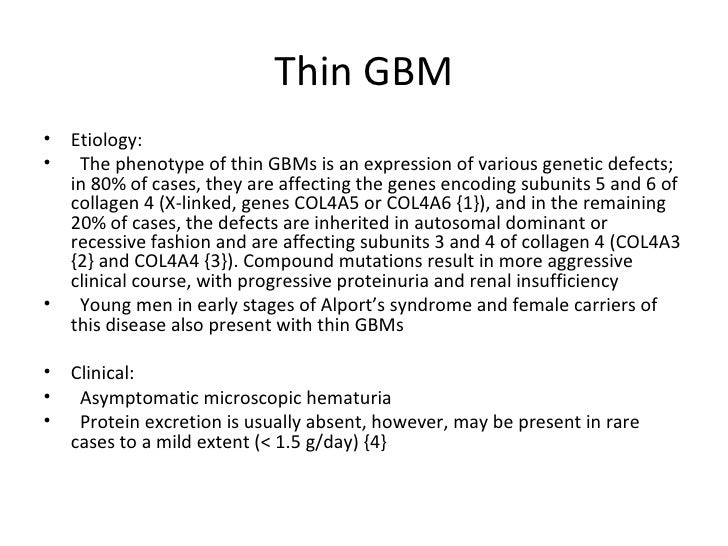

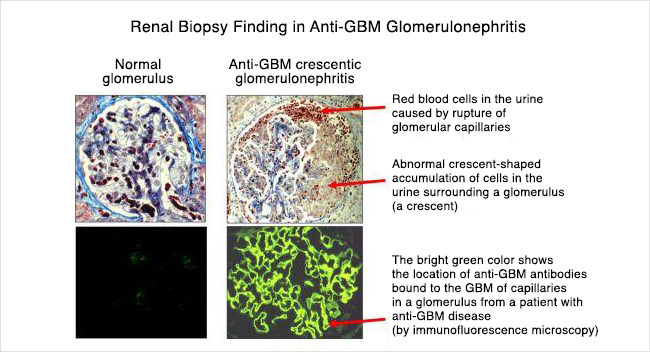
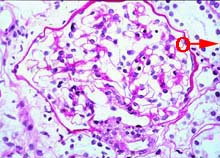

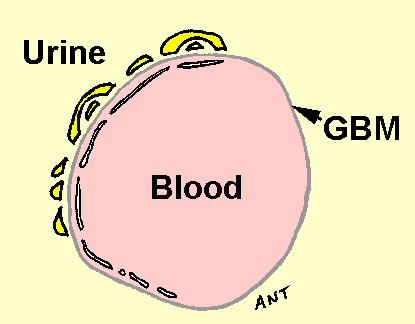












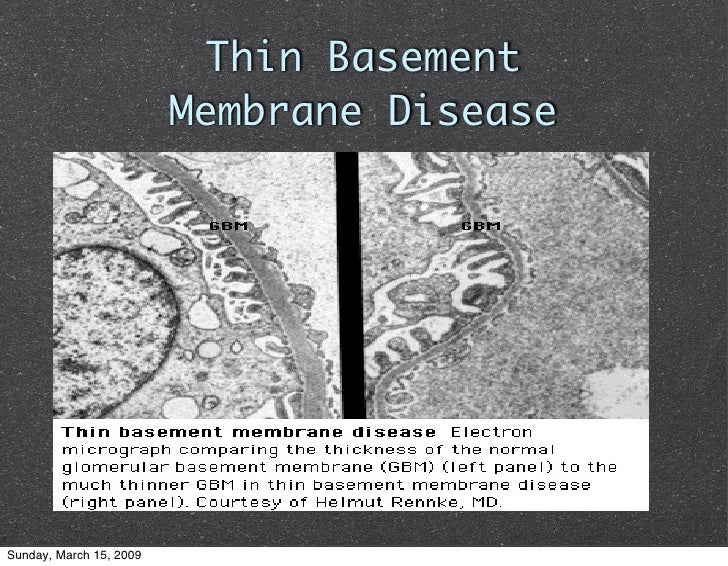

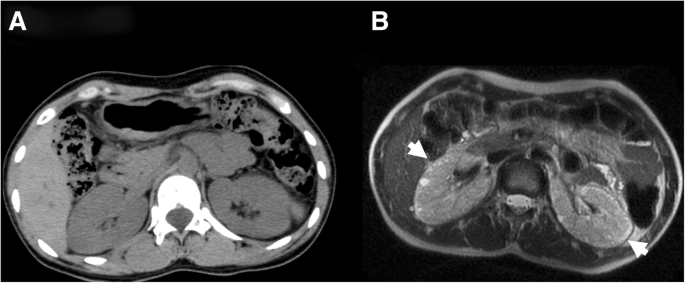
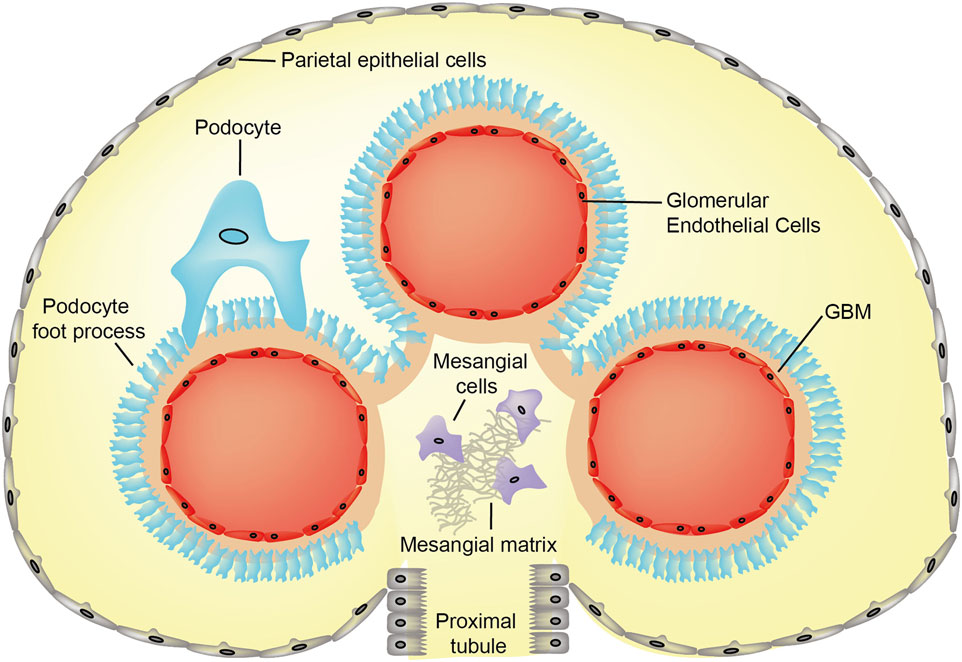
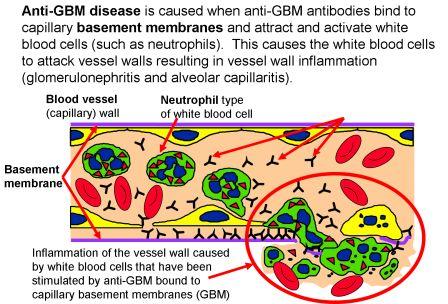

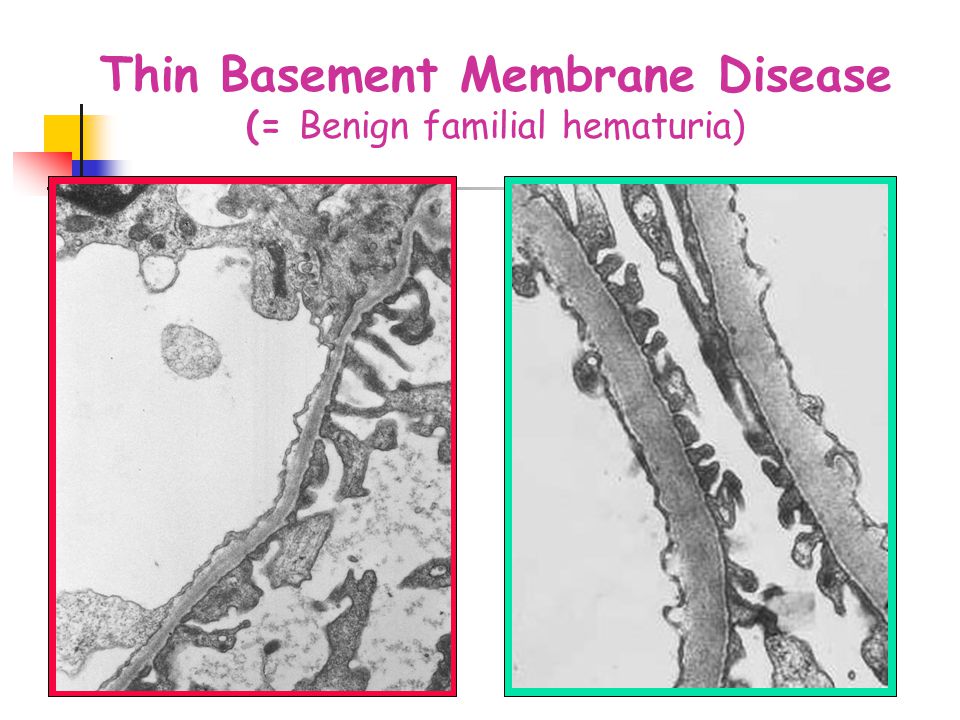




Post a Comment for "Thin Glomerular Basement Membrane Disease"